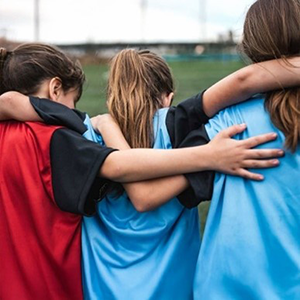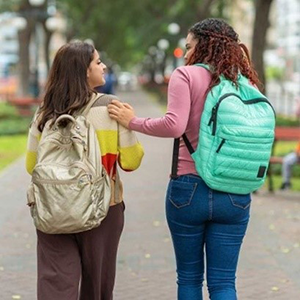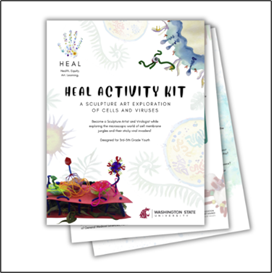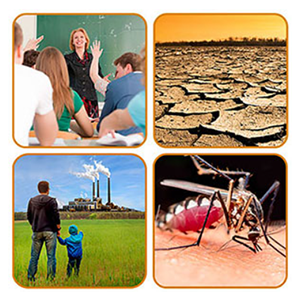
Climate Change and Human Health Lesson Plans
These climate and health learning modules are for a variety of student audiences to explore the health impacts of climate change both in the United States and globally. Materials are suitable to teach high school courses on earth, life, and environmental sciences; history; geography; health care; or social studies. The lesson plans challenge students to consider the complex interactions between environmental health and human health and encourages them to improve their communities and design interventions to enhance climate resilience. Students also learn more about disease prevention, such as how to eliminate breeding sites for mosquitoes and how vectors—and the health risks they present in their community—may change as the climate does. Some lessons are also available in Spanish.
Grades: High school
Produced by: National Institute of Environmental and Health Sciences
Genome + Environment = Dance!
This video explains to students how "what makes you, you" is a combination of a person’s genome—DNA inherited from their ancestors—and their environment, including their town/city, relationships, and lifestyle choices. It highlights that while genetic code shapes certain aspects of identity, environmental factors and personal decisions play a significant role, emphasizing that "DNA is not destiny."
Grades: 6-12
Produced by: 42 Degrees North Media for the National Human Genome Research Institute

Kids Environment. Kids Health.
This resource is intended for kids, parents, and teachers to find fun and educational materials related to health, science, and the environment we live in today.
Grades: Elementary through high school
Produced by: National Institute of Environmental and Health Sciences
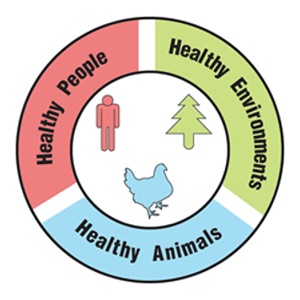
One Health Lesson Plans
These hands-on lessons increase high school students' understanding of One Health, a concept emphasizing connections between the health of humans, animals, and environment, along with the goal of improving all health. Lesson topics include antibiotic-resistant bacteria, the declining honeybee population, and tick-borne diseases—and their effects on humans, animals/plants, and the environment. Materials include a teacher guide with lesson preparation instructions and answer keys, as well as student handouts.
Grades: High school
Produced by: Life Sciences Learning Center, University of Rochester Medical Center (SEPA funded)
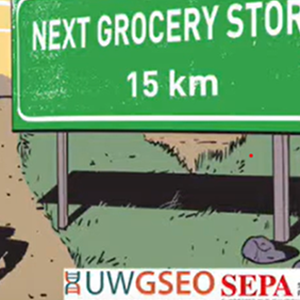
Resources from the University of Washington Genome Sciences Education Outreach
The University of Washington Genome Sciences Education Outreach (UWGSEO) provides various hands-on education resources. Its science curriculum on type 2 diabetes is available for high school students in biology, health, and family and consumer science classes. In the Blood Sugar Balance web game, players keep blood sugar levels within range through their food choices and exercise decisions, while regulating insulin and glucagon levels in the body. UWGSEO has also created curriculum that focuses on how food choices and the environment affect the human gut microbiome, as well as lessons on what students can learn from how the nematode C. elegans maintains balance in a changing environment.
Grades: High school
Produced by: University of Washington Genome Sciences Education Outreach (SEPA funded)
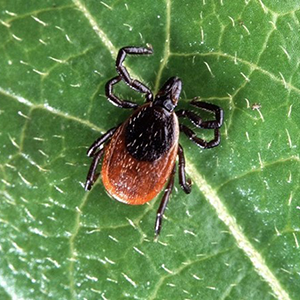
Ticks: How Climate Change Affects My Health
This curriculum informs students about the spread of Lyme disease, ticks and their behavior, and the possible connection between weather pattern changes and increased incidences of Lyme disease. The three units include lessons, videos, lab experiments, and other activities.
Grades: 6
Produced by: Dartmouth Rural STEM Educator Partnership (SEPA funded)

